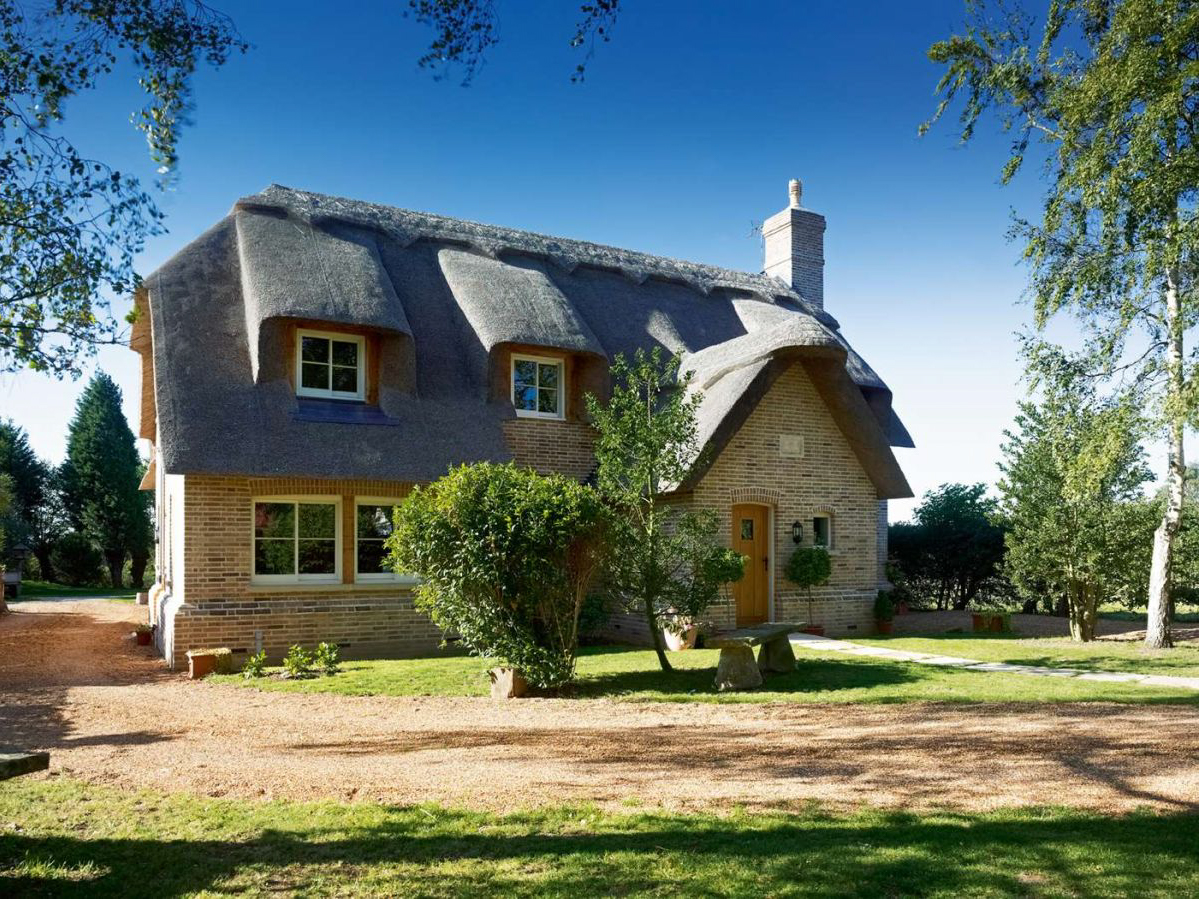When it comes to interior design, one of the most striking fixtures that can add a touch of macabre elegance to any space is the skull chandelier. This unique lighting fixture has become increasingly popular in recent years due to its intriguing fusion of gothic and modern design. In this article, we will explore the history and evolution of the skull chandelier, its various styles, and how to incorporate it into your own interior design.
History and Evolution
The skull chandelier has a rich history that dates back to the medieval period. During this time, decorative elements such as skulls, crossbones, and other macabre symbols were commonly used in artwork and architecture as a reminder of the transience of life. These symbols were also frequently used in the decoration of tombs, crypts, and catacombs.
The use of skulls in chandeliers became popular during the 18th century, particularly in France. Parisian chandelier makers began incorporating skulls into the design of their fixtures as a nod to their Gothic predecessors. These fixtures were often made of bronze and adorned with crystals, adding a touch of glamour to the macabre.
In the 21st century, the skull chandelier has undergone a modern transformation. Contemporary designers have taken the traditional elements of the skull chandelier and updated them with new materials and designs. This has resulted in an array of unique and captivating fixtures that are both hauntingly beautiful and thoroughly modern.
The Various Styles of Skull Chandeliers
There are several different styles of skull chandeliers that are available on the market. The most traditional versions are made of bronze and feature a skull and crossbones motif. These fixtures are often adorned with crystals or glass beads, adding a touch of elegance to the macabre.
More contemporary versions of skull chandeliers have moved away from the traditional bronze and crystal designs. Instead, modern designers have used a variety of materials such as black metal, acrylic, and even recycled materials like bicycle chains and old hubcaps. These fixtures are often characterized by their bold, minimalist designs that incorporate the skull motif in unexpected ways.
Incorporating a Skull Chandelier into Your Interior Design
If you’re interested in adding a skull chandelier to your own interior design, there are several ways to do so. First and foremost, it’s important to choose a fixture that complements your existing decor. While a skull chandelier can certainly make a statement on its own, it will be most impactful if it fits seamlessly into your overall design scheme.
One way to incorporate a skull chandelier is to use it as a centrepiece in a room. Hang it over a dining table or in the centre of a living room to draw the eye and create a focal point. Another option is to use it in a more unexpected way, such as in a bathroom or bedroom to add a touch of edge to an otherwise traditional space.
When it comes to decorating around a skull chandelier, it’s important to keep the rest of the room relatively simple. Let the chandelier take centre stage and don’t overload the space with too many other decorative elements. This will ensure that the chandelier remains the focus of the room and doesn’t get lost in too much clutter.
The skull chandelier is a striking and unique fixture that can add a touch of macabre elegance to any interior design scheme. Whether you choose a traditional bronze and crystal version or a more modern, minimalist design, incorporating a skull chandelier into your decor is sure to make a statement. By choosing the right fixture and decorating around it carefully, you can create a space that is both hauntingly beautiful and thoroughly modern.



